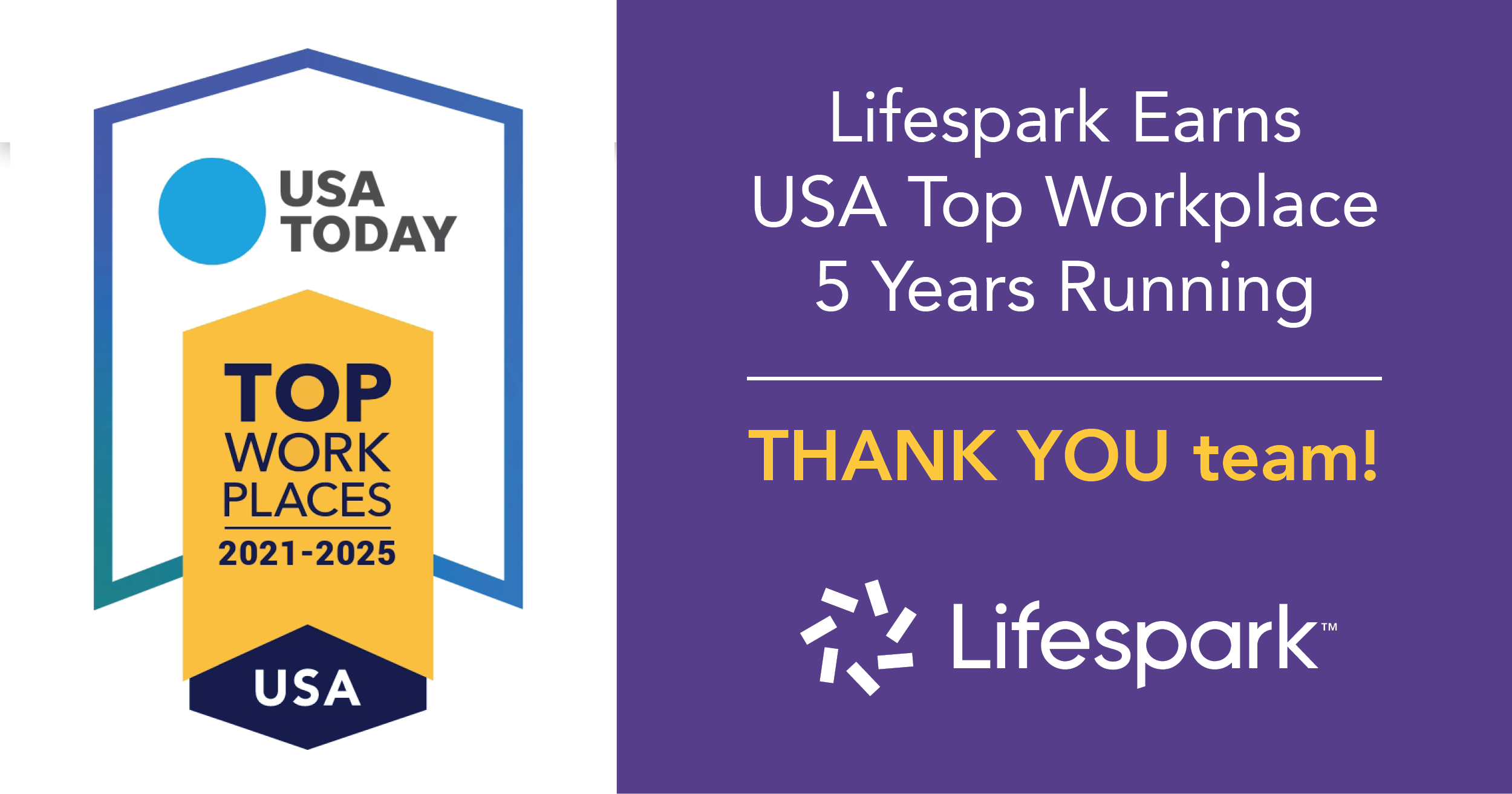
The medical care Americans would choose near the end of their lives is often different from the treatments they actually receive, according to a 2017 study. That study, which analyzed the responses of nearly 800,000 adults from 150 different research studies, found that only 37% had Advance Directives.
As we discussed in the previous blog, ‘Easy Ways to Start Hard Conversations,’ there are a number of reasons why only one in three U.S. adults writes out and shares their wishes for medical and end-of-life care including not wanting to tempt fate or upset loved ones. Another reason may be misconceptions about Advance Directives. We hope this blog helps address the myths and the truths behind advance directives.
MYTH: I am still relatively young and healthy, so I don’t need an Advance Directive yet.
TRUTH: My friend, Beth, had a heart attack at 42 and ended up in the hospital. She was young and healthy. Her husband while in a state of shock and fear was asked question after question about decisions he needed to make on her behalf. The problem, they never had these conversations. Does she have a DNR, does she want surgery, if she doesn’t come out of this coma who knows her wishes and if she should come off the ventilator and when? He thought about his wife and children and wanted to do what’s right for her. Beth’s mother had a very different idea – do whatever it takes. Who was right in this situation?
The best time to create an Advance Directive is before there’s a medical crisis, such as a serious accident or a severe illness, like COVID-19, that could prevent you from communicating your preferences for medical care. It’s also important to avoid unnecessary disagreements between family members about who thinks they know the person best and what they would want. Anyone who is at least 18 years old can have an Advance Directive, not just people in hospice care.
MYTH: My family knows what kind of care I would want if I couldn’t speak for myself.
TRUTH: Richard unexpectedly died when he fell down a flight of stairs. He talked about his wishes often with his wife about when he was ‘older in his late 80s or 90s.’ He knew that at that age he didn’t want life-saving measures. The only problem was when he fell, he was 70. His wife was conflicted about whether those same lifesaving measures he wanted applied to the 70-year old Richard today. She was left not only grieving his death but guilt-ridden over whether or not she made the right decision.
Unless you’ve written down your wishes and shared them with your healthcare proxy and close friends and family, there could be disagreements between family members and with your doctors. Having an Advance Directive gives you control over your medical care.
MYTH: If I have a Provider Orders for Life-Sustaining Treatment (POLST), I don’t need an Advance Directive.
TRUTH: When Angela was in hospice, we all knew time was limited. In an emergency situation if she should pass in the middle of the night or have a health crisis that would normally require a 911 call, her entire team needed to be aware at all hours of the day what she wanted. Her clear decisions and wishes needed to be documented so everyone knew the moment they needed to what she wanted when, inevitably, when end-of-life was imminent.
That’s why a POLST is not for everyone, it’s typically for people with serious advanced illness whose current health situations indicate the need for a standing medical order where everyone involved in the care has immediate access to wishes and goals. The POLST form differs from an Advance Directive in a number of ways: a POLST provides specific instructions for emergency medical responders and other healthcare providers; it doesn’t name a healthcare proxy agent or include wishes for end-of-life care; and it needs to be signed by both doctor and patient. For healthier people, advance directives are a more appropriate tool for making decisions or end-of-life wishes known to loved ones.
MYTH: Once I complete my Advance Directive, it’s good for the rest of my life.
TRUTH: My in laws both have Advance Directives but it wasn’t until my father-in-law had a complication from surgery that we realized he should have updated the document sooner. What he wanted at 50 was different from how he felt at 79. He had mentioned in passing over the years that he needed to update his Advance Directive to reflect that he no longer wished for a DNR and if he was in a coma for an extended period of time to ‘pull the plug,’ he didn’t want to be a ‘vegetable’ as he called it, leaving my mother-in-law taking care of him. But here we were, standing in his hospital room, needing to make decisions recalling fragments of conversations about what he wanted over what he actually documented on paper, even if it was several years old.
It’s a good idea to review and update your Advance Directive periodically. For example, if your marital status changes, if you are diagnosed with a serious medical condition or your health is deteriorating, or if your healthcare proxy can no longer serve in that role, you’ll want to revisit your form. Once you revise the document, make sure to destroy all previous versions, and give copies of your newest Advance Directive to your healthcare proxy, primary care doctor, and anyone else you shared it with.
MYTH: A power of attorney is the same as a medical power of attorney.
TRUTH: A power of attorney generally oversees financial concerns. A medical power of attorney, also called healthcare proxy or healthcare agent, is the person you appoint to make decisions for you regarding your care in the event that you’re unable to speak for yourself.
MYTH: My body will donated to science as long as I put that request in my Advance Directive.
TRUTH: Whole-body donation has to be arranged ahead of time with the recipient organization. Once you set this up, include the information, along with your preferences regarding burial, cremation, or other arrangements, in your Advance Directive.
MYTH: A lawyer has to sign off on my Advance Directive.
TRUTH: In Minnesota, your Advance Directive becomes legally binding when your signature is witnessed by a notary public or two adults who are not your healthcare agent.
MYTH: A safe deposit box is the best place to store my Advance Directive.
TRUTH: I remember a friend of mine was frantic when she called me. I couldn’t even understand her as she was crying about papers and a safe. Her Dad was in a car accident and unconscious. The hospital was asking for his wishes and she didn’t know what to do. She and her siblings knew where he stored his papers, he told them, they were in his safe at home. The only problem was no one realized he had changed the code to get into the safe and he had forgotten to update them when he did it. Now the only person who had access to these important papers was her Dad and he couldn’t speak.
Your Advance Directive should be as accessible as possible, which means not in a safe deposit box or on file with your attorney, although you can keep copies in both those places. The people who should have copies of your Advance Directive are your healthcare proxy/agent (and secondary agent, if you have one) and your primary care doctor. You can also choose to share it with close family members and friends who are not your healthcare proxy, your personal attorney, and a faith leader, especially if that person will be involved in your end-of-life care.
For more information on Advance Directives, please visit Honoring Choices. To access Lifespark resources, including help finding a notary public, reach out to Lifespark Navigation at 952-345-0919 or ShineOn@Lifespark.com.



